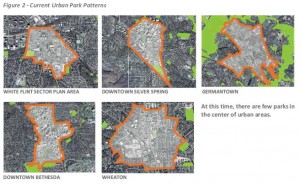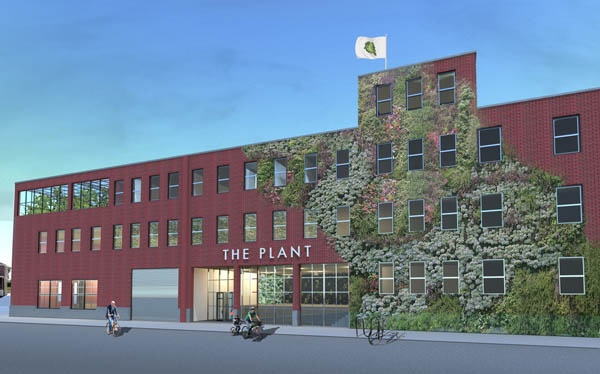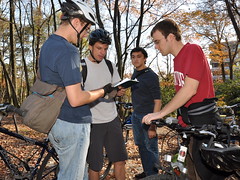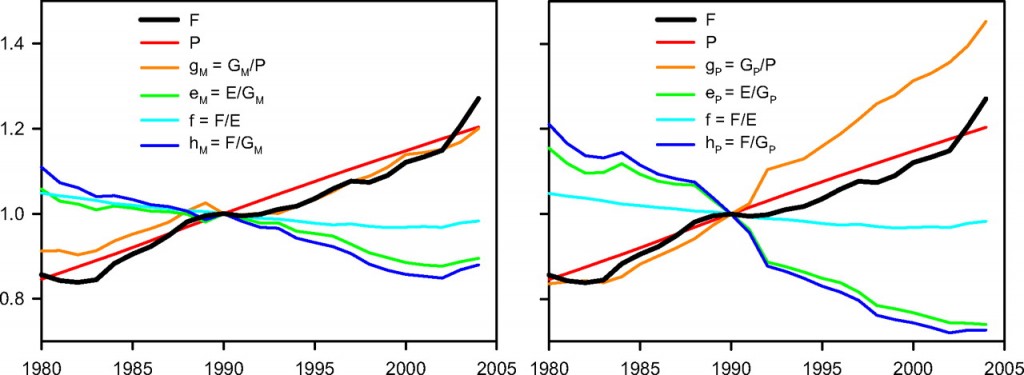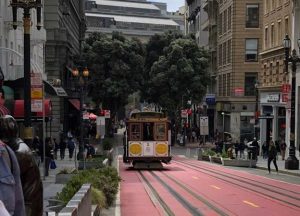
Five sessions at the American Planning Association’s national conference highlight county plans for parks, bikes, traffic safety, placemaking and community resilience
“Planning Connects Us” was the theme of the American Planning Association’s national conference, held from April 13 through April 16, 2019 at the Moscone Center in San Francisco. At the event, Montgomery Planning staff connected with planners from across the country in discussing shared concerns over equity, placemaking, traffic safety and other hot topics.
We continue to be out front on many important issues, as revealed in our five sessions at the conference. Staff received great feedback from many of the attendees who traveled to the City on the Bay to learn about the planning profession’s latest trends … Continue reading

